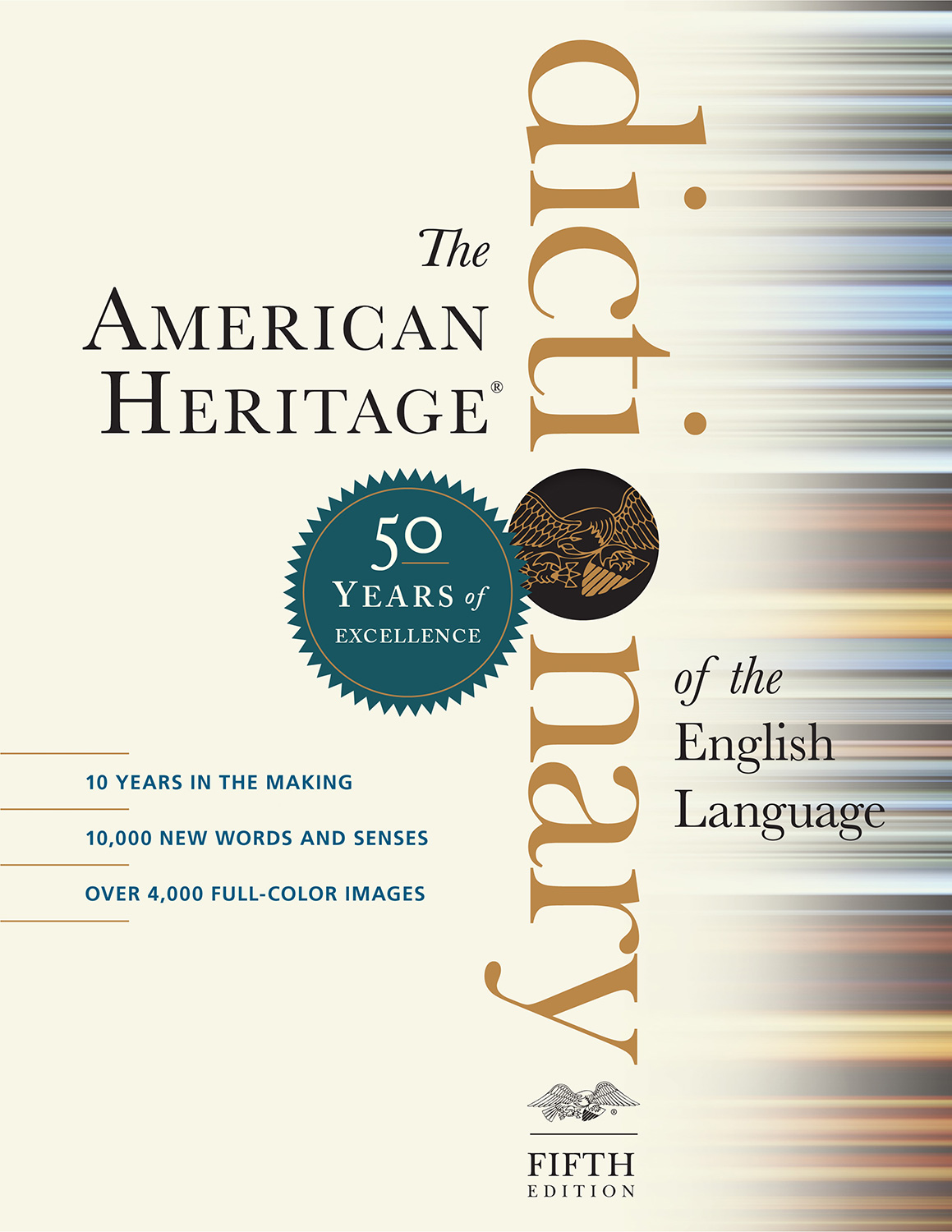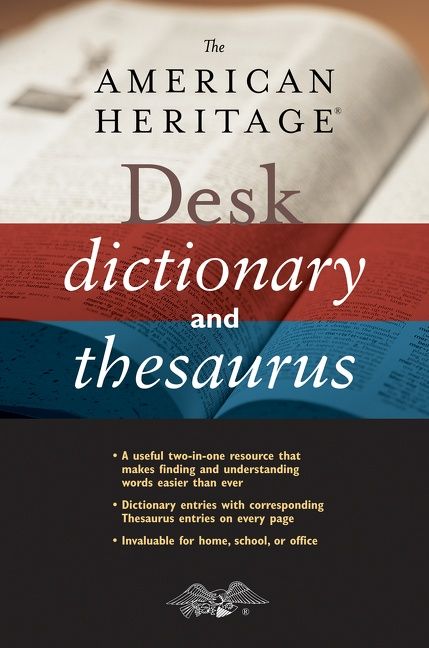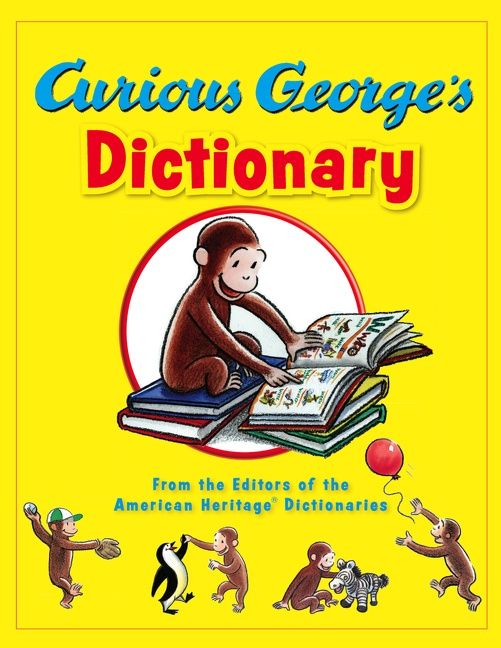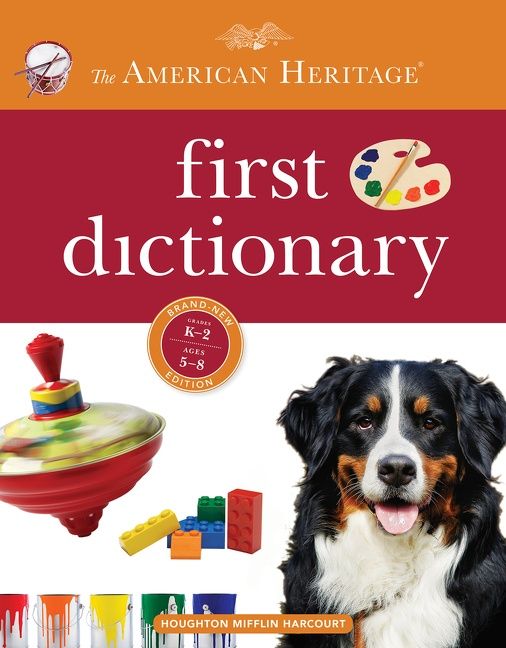comb  (k ōm)
Share:
n.1. a. A thin toothed strip, as of plastic, used to smooth, arrange, or fasten the hair. b. An implement, such as one for dressing and cleansing wool or other fiber, that resembles a hair comb in shape or use. c. A currycomb. 2. a. The fleshy crest or ridge that grows on the crown of the head of domestic fowl and other birds and is most prominent in the male. b. Something suggesting a fowl's comb in appearance or position. 3. A honeycomb. v. combed, comb·ing, combs v.tr.1. a. To arrange or groom (the hair) with or as with a comb: combed her hair with a comb; combed his hair with his fingers. b. To move through or pass across with a raking action: The wind combed the wheatfields. 2. To straighten and separate (wool or other fibers) using a comb. 3. To search thoroughly; look through: combed the dresser drawers for a lost bracelet. 4. To eliminate with or as with a comb: combed the snarls out of his hair. v.intr.1. To roll and break. Used of waves. 2. To make a thorough search: combed through the file for the contract.
[Middle English, from Old English camb, comb; see gembh- in the Appendix of Indo-European roots.]  (click for a larger image) comb | 







